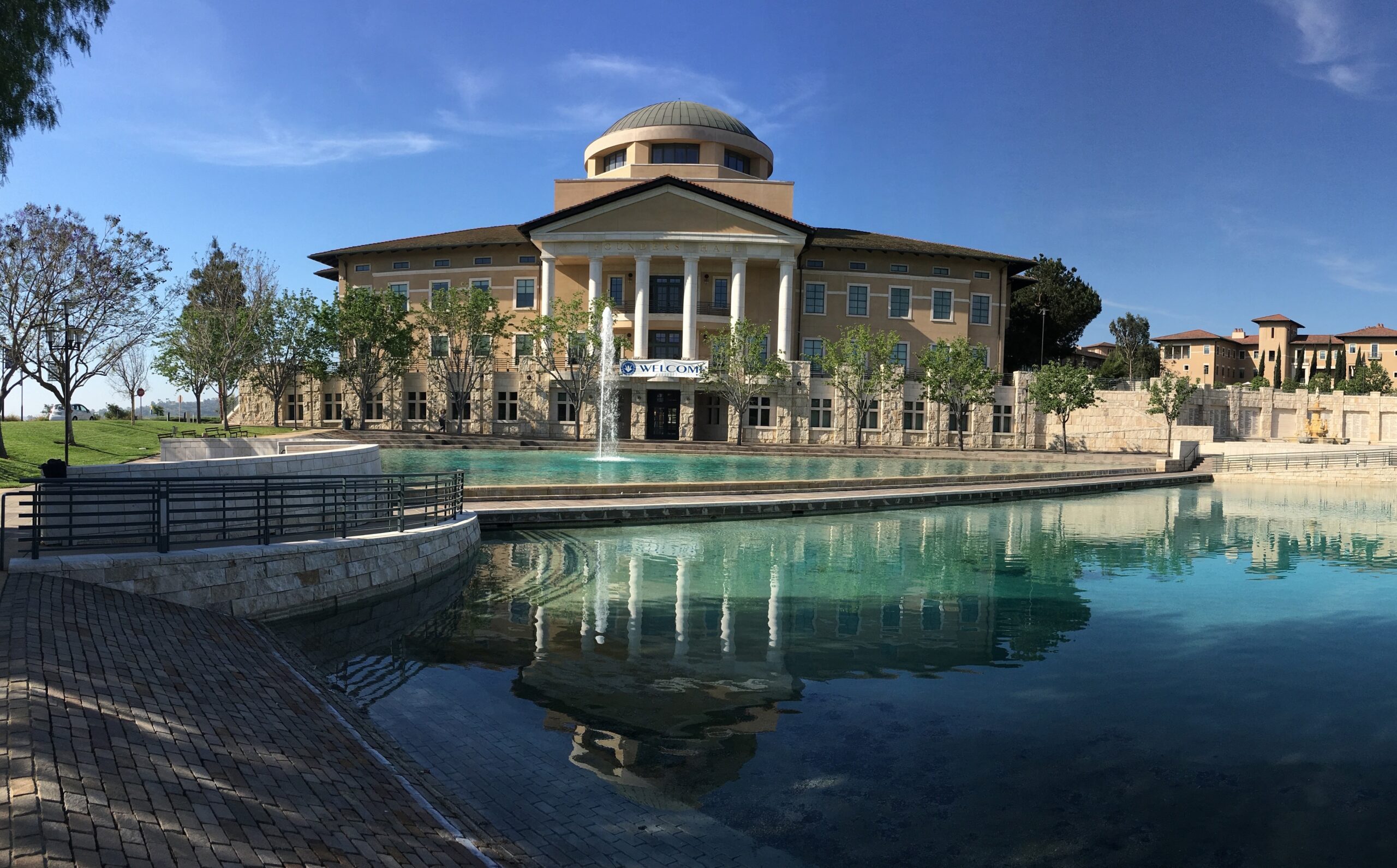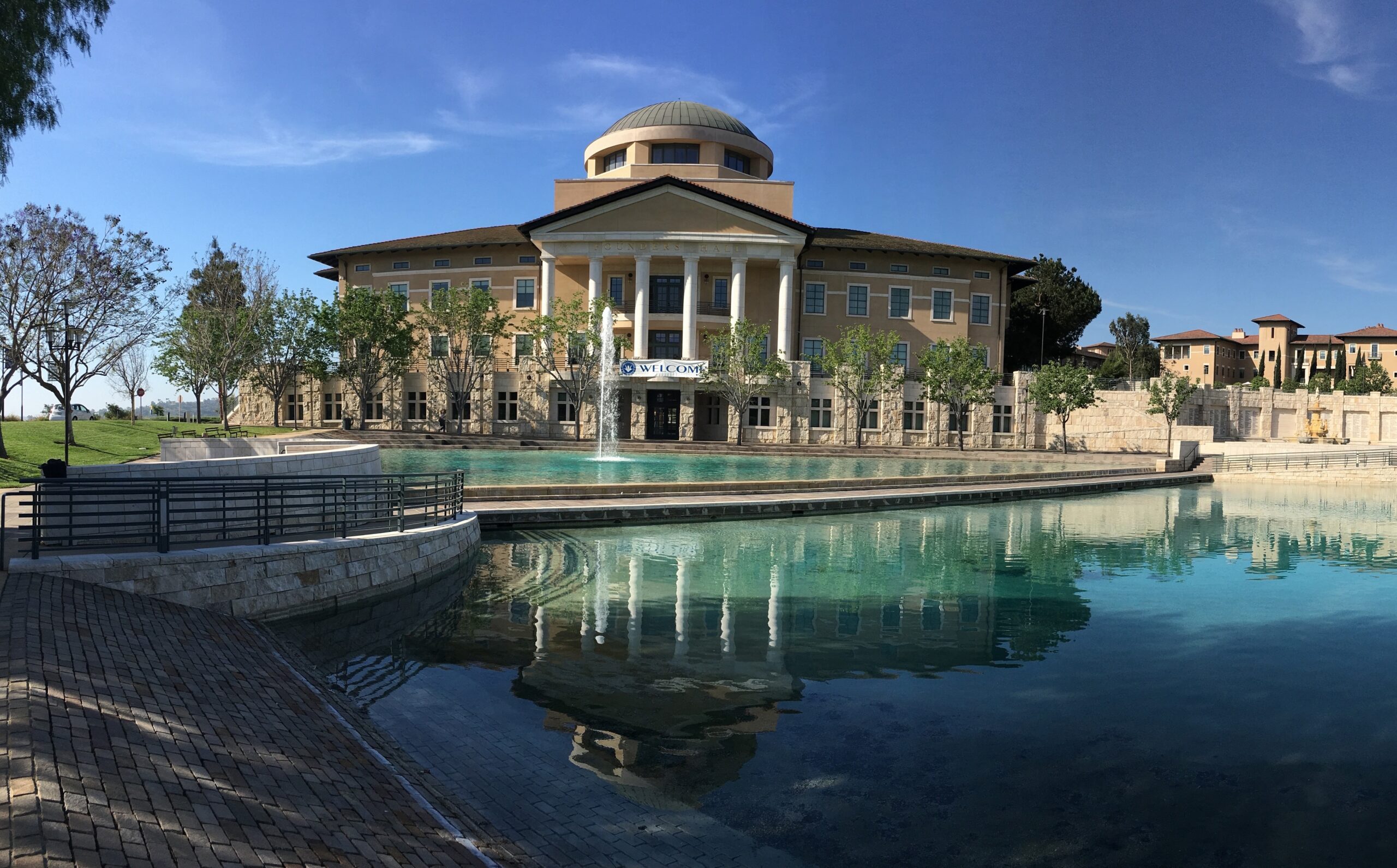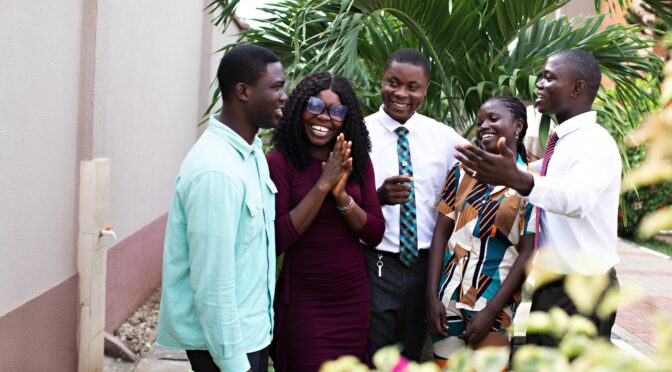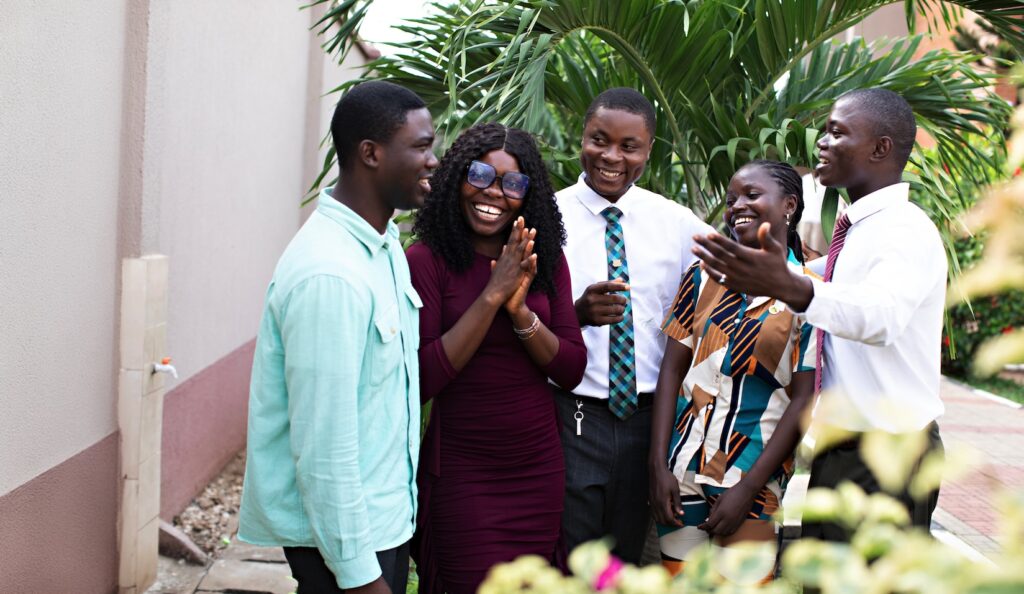Higher education stands at an inflection point. Traditional four-year degrees often disappoint employers seeking graduates with job-ready skills, and students are eagerly seeking more flexible academic programs requiring less time and money. New micro-credentials offerings from top tech companies and universities are filling this gap – providing modular, flexible, and low-cost alternatives to the traditional college degree. My new piece on Forbes.com discusses this proliferation of microcredentials and how governments and universities are adapting: /https://www.forbes.com/sites/bryanpenprase/2025/11/28/the-cambrian-explosion-of-micro-credenti/
Here is a summary of the main ideas:
The proliferation of thousands of these new programs around the world has created something of a “Cambrian explosion” of academic programs, analogous to the time in geologic history when billions of new life forms 530 million years ago.
Building a Common Vocabulary
The arrival of so many new programs requires us to develop a common vocabulary to describe and assess micro-credentials. A micro-credential can be defined as any targeted academic program to develop specific skills or learning outcomes without providing a traditional degree or course credit. Micro-credentials can range from just hours to years of effort through linked programs that connect or “stack” to provide a more substantial arc of learning, and learners are awarded a digital badge or certificate after demonstrating mastery. Through competency-based assessment, students can complete the program at their own pace, greatly increasing efficiency and flexibility. Micro-credentials often are taking in parallel to traditional academic programs and can “stack” to provide something like major or minor.
Global Microcredential Frameworks
Around the world, governments and universities are building structured systems to make sense of the “Cambrian explosion” of micro-credentials. National Micro-credentials Framework, launched in 2022, sets common standards for learning outcomes, assessment, workload, and credit recognition; universities such as the University of Melbourne and Deakin University have used it to create extensive catalogs of short courses and “Professional Practice Credentials”. In Asia, Japan’s standards for university Certificates of Completion, the NIAD-QE system for applying executive-education credits to degrees, South Korea’s Academic Credit Bank and K-MOOC “Microdegrees,” and Chinese partnerships such as Tsinghua University’s use of MIT’s MicroMasters within a data-science degree all link short, skills-focused learning to formal qualifications.
Canada and Mexico offer additional models. Canadian provinces like Alberta and Ontario have created their own micro-credential systems, while the national MyCreds digital wallet—run by the country’s registrars—stores verified credentials from universities, colleges, and trade organizations. Mexico’s Tec de Monterrey has built an “Alternative Credentials System” that distinguishes between micro-credentials and larger “Macro-credentials,” classifies them by duration and competency level, and uses a central Center for Evaluation and Alternative Credentials (CECA) and an “Institutional Achievement Manager” to map these offerings onto degree pathways. At a regional level, the European Union’s Common Micro-credential Framework aligns short programs with the ECTS credit system, while UNESCO has proposed global standards to connect micro-credentials to national qualifications frameworks.
New Systems and Frameworks in the US
In the United States, micro-credentialing is emerging through multiple overlapping initiatives rather than a single national system. The Credentials as You Go project promotes incremental, workforce-relevant awards that students can earn on the way to two- or four-year degrees, with models such as “Stack as You Go,” “Transfer as You Go,” and “Retro Award as You Go” to improve portability and recognize learning on the job. Many universities now grant credit for industry certifications from providers like Google, AWS, and Cisco, guided by American Council on Education (ACE) credit recommendations—Google Career Certificates, for example, are often worth about 12 undergraduate credits. Institutions such as Northeastern University have set up micro-credential centers, while the Grow with Google program and digital badge platforms like Credly offer infrastructure for recording, sharing, and stacking these credentials, and for addressing long-standing challenges in credit transfer and recognition.













